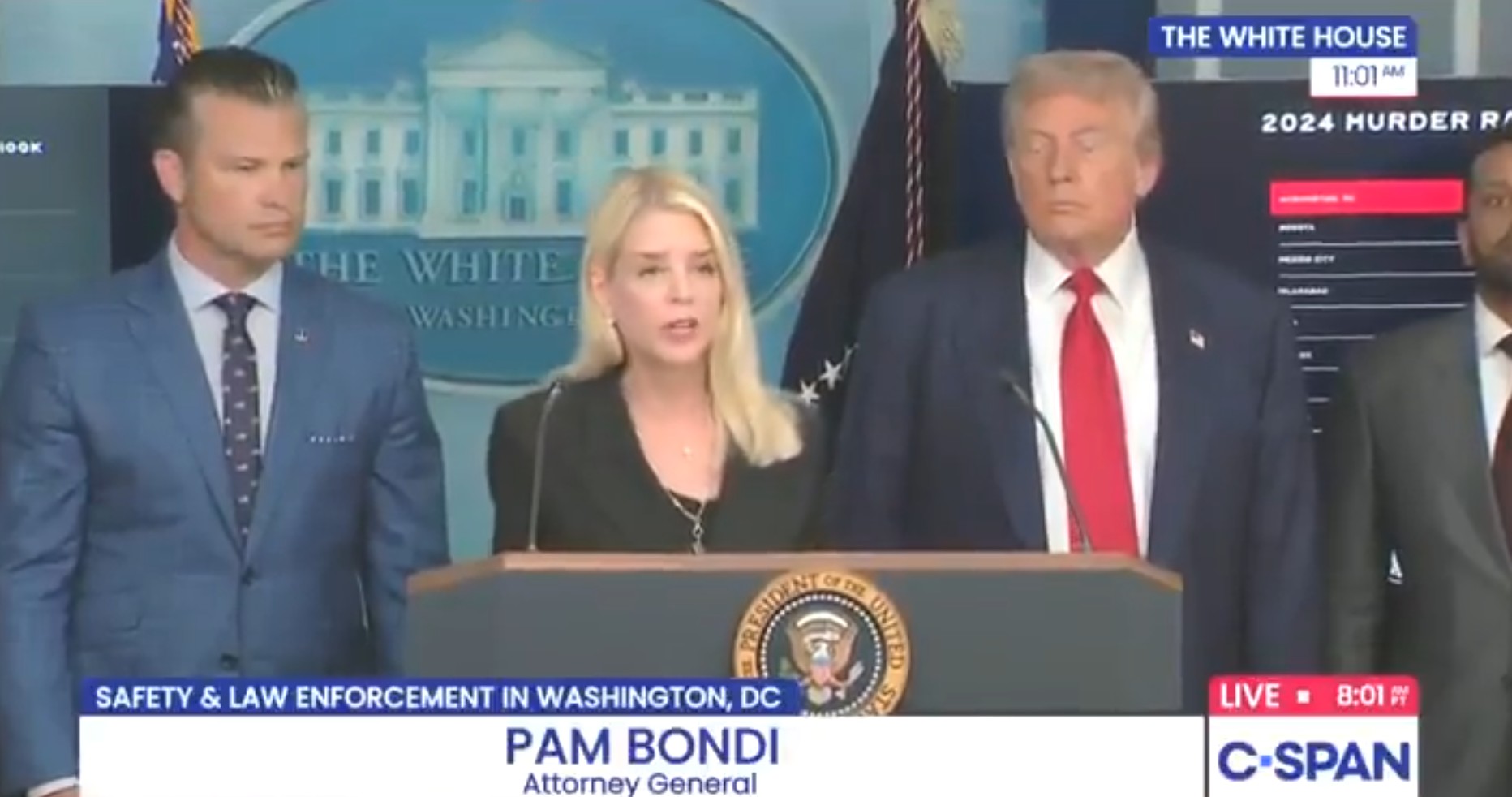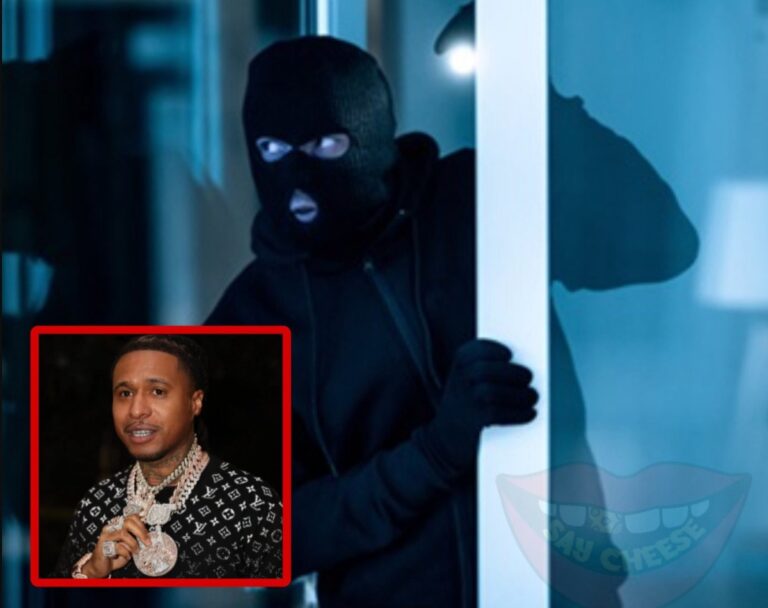Trump’s D.C. Takeover: Bondi Meets Officers Amid Controversy
Attorney General Pam Bondi met with law enforcement officers in Washington, D.C., as part of President Donald Trump’s controversial move to federalize the city’s Metropolitan Police Department (MPD) and deploy 800 National Guard members to combat what the administration calls a “public safety emergency.”
Bondi, now overseeing the MPD was seen greeting officers. The scene, captured in widely shared footage, showed her shaking hands with officers and National Guard members, emphasizing unity and resolve. But let’s dig into what’s really going on here.
The backdrop is Trump’s August 11 announcement, where he declared D.C.’s crime situation “embarrassing” and signed orders to place the MPD under federal control, citing issues like graffiti and high-profile incidents, including the killing of a congressional intern and an attempted carjacking of a DOGE staffer.
Defense Secretary Pete Hegseth noted that 100-200 National Guard soldiers will support law enforcement with tasks ranging from logistics to “physical presence” on D.C. streets, starting this week.
Bondi’s role includes working with interim MPD federal commissioner Terry Cole, recently sworn in at the DEA, to execute this plan.
Now, here’s where it gets murky. D.C. Mayor Muriel Bowser, in a press conference, pointed out that violent crime in the city has dropped to a 30-year low, down from a 2023 spike.
Data from the MPD’s 2024 crime statistics backs her up: violent crime fell 35% from 2023 to 2024, with homicides down 20%. So, why the federal takeover? Critics, like House Minority Leader Hakeem Jeffries and D.C. Attorney General Brian Schwalb, call it an overreach, arguing it’s “unnecessary and unlawful” and pointing to Trump’s pardons of January 6 rioters as evidence of selective concern for law and order. Others, like the D.C. Police Union, back the move, claiming officers are “stretched beyond their limits.”
Let’s look at the numbers. The FBI’s Uniform Crime Reports show D.C.’s violent crime rate in 2024 was 1,007 per 100,000 residents, high compared to the national average of 380 but significantly down from D.C.’s 2023 peak of 1,300. Property crimes, like graffiti and theft, are also trending downward.
The administration’s focus on “potholes and graffiti” as justification feels flimsy when you consider that 500 federal officers, including 100 FBI agents and 40 ATF agents, are now patrolling alongside the Guard. This is a heavy hammer for a problem that, statistically, seems to be easing.
Skeptics might wonder if this is less about crime and more about political optics. Bondi’s public appearance with officers, coupled with her X post about a “productive” meeting with Bowser, suggests an effort to project control and cooperation. Yet, Bowser’s cautious tone “I’m going to work every day to make sure it’s not a complete disaster” hints at tension. The lack of coordination between federal and local officials, as reported by NBC4, raises questions about execution. If the National Guard is deputized by the U.S. Marshals, they could enforce federal laws, but Bondi could grant them local police powers, blurring lines of authority.
What’s the real risk? Over-policing could alienate residents in a city where over 50% of the population is African American, as some X posts have noted, framing this as a potential “assault” on Black communities.
Historical data from the 1990s, when D.C.’s Control Board eroded local autonomy, suggests federal interventions can backfire, fostering resentment without solving systemic issues. On the flip side, if crime continues to drop, the administration could claim a win, though it’s unclear how much credit would be due to existing local efforts.
In short, Bondi’s officer meet-and-greet is a symbolic launch of a high-stakes experiment. The data says D.C.’s crime isn’t the “bedlam” Trump describes, but perception often trumps reality in politics. Whether this heavy-handed approach delivers or disrupts depends on how Bondi and her team navigate the balance between federal muscle and local realities.



